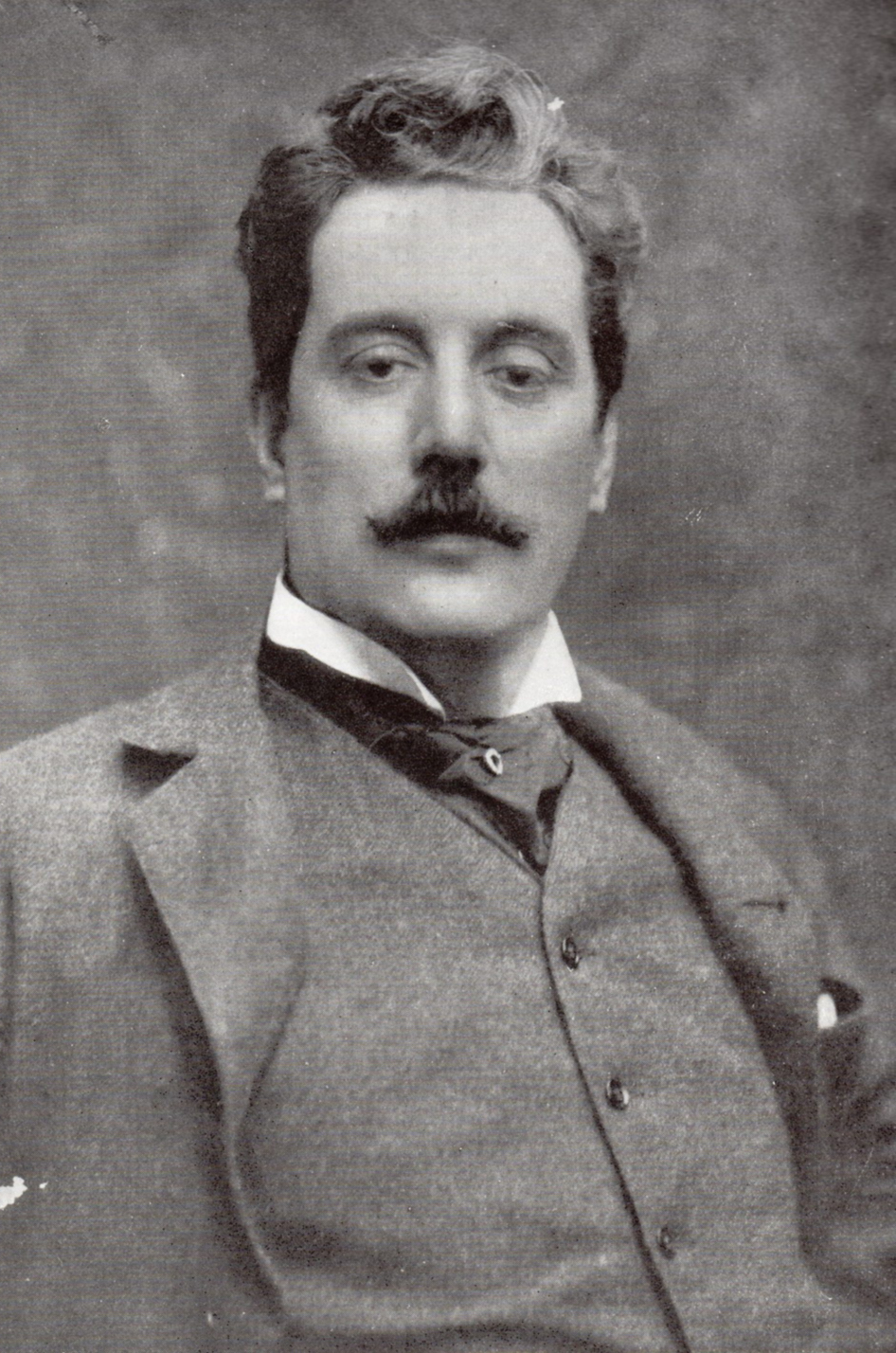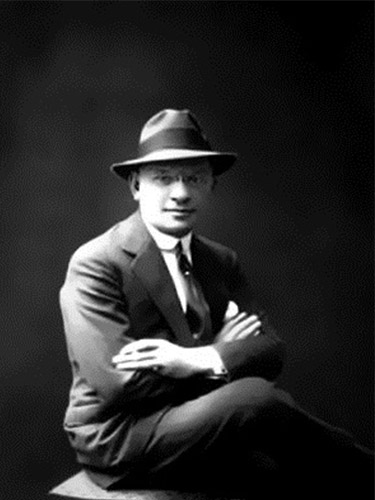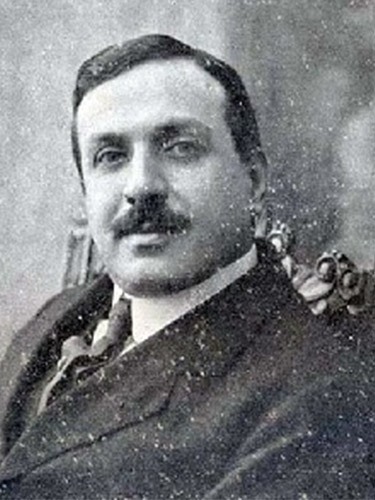
Turandot
Welcome to Lyric's learning resources!
This is your all-access pass to the world of opera and musical theater. Scroll down to access the following resources to help you learn more.
Overview
Musical Highlights
Historical and Cultural Timeline
Composer and Librettist Biographies
Overview
This GoogleSlides presentation covers essential information your students need to know about the opera.
The pentatonic scale
Composers use different types of musical scales to evoke emotions or transport the listener to a specific time and place. For example, we often associate major scales with happy emotions and minor scales with sadness or anger.
The pentatonic scale, a scale made up of only five notes, is found in music from all around the world. It is commonly used in the folk melodies of many Asian cultures. Puccini uses the pentatonic scale throughout Turandot to create Chinese-sounding melodies. He also uses some actual Chinese folk songs.
You can easily play pentatonic scales and melodies on a piano by playing only on the black keys.
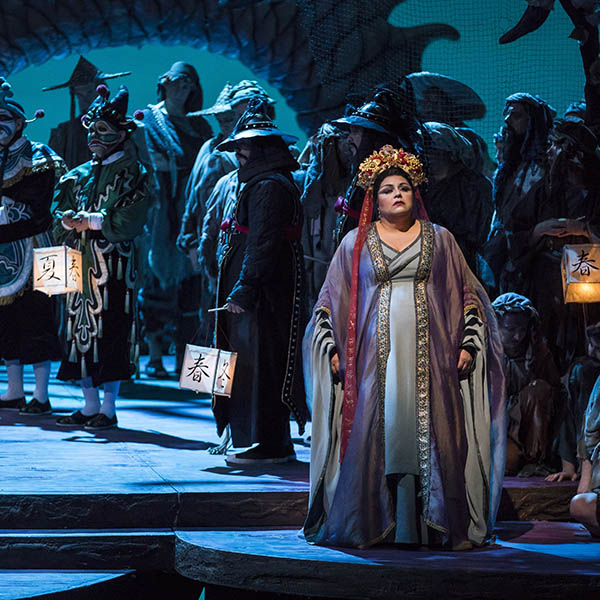
Example: the Chinese folk song “Mo-Li-Hua” (Jasmine Flower)
Act 1: “Ah! Per L'ultima Volta” (Ah, for the last time!)
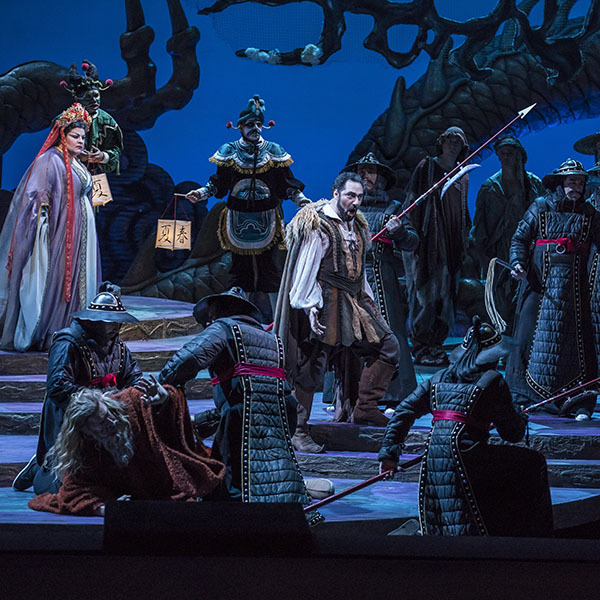
Sung by Calàf, Timur, Liù, Ping, Pong, Pang, Chorus
This excerpt is an ensemble performance that grows from a quartet to a sextet and finally features the full chorus. Calàf is in love with Turandot, and he is confident that he can win her hand in marriage. The people around him protest. They have seen many princes attempt to win Turandot, and they have seen all the princes die. Regardless, Calàf hits the gong which signals that he will face Turandot’s test.
Things to listen for:
- This is a complex piece of music and storytelling:
- Calàf proclaims his love for Turandot
- Timur pleads with his son to calm down and avoid death
- Liù begs for mercy because she loves Calàf
- Ping, Pong, and Pang warn him that Turandot is truly cruel
- The Chorus predicts that he will fail
- With all of these actions happening during this piece, how does Puccini differentiate the singers musically?
- After the three strokes of the gong, you hear the main Turandot theme. This is based on a Chinese folk song “Jasmine Flower” or “Mo-Li-Hua” which is based on a pentatonic scale.
Act 2: Scene 1 “Olà, Pang! Olà, Pong!” (Hello, Pang! Hello, Pong!)
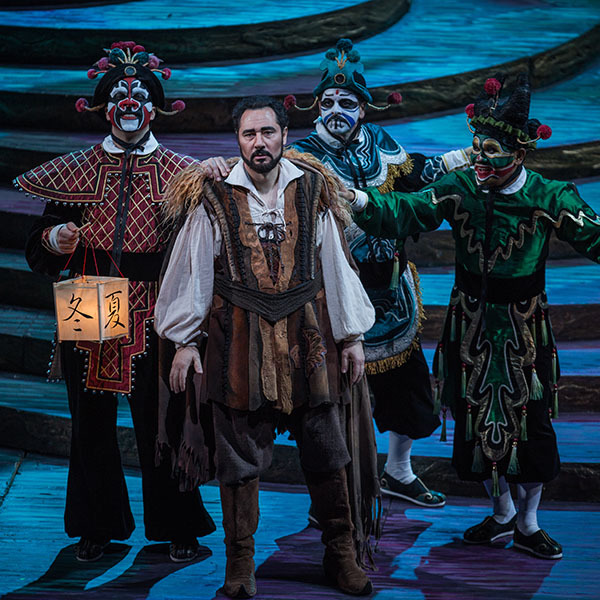
Sung by Ping, Pong, and Pang
Ping, Pong, and Pang run Princess Turandot’s palace. Since Calàf is planning to answer Turandot’s riddles, they have to prepare for the best, which would be a marriage feast, and also the worst, a funeral.
Things to listen for:
- There are two distinct sections of this excerpt. It starts with Ping and then a duet with Pong and Pang. What things are musically different in these two sections?
- The triangle plays along with Pong, while the bass drum accompanies Pang.
- Like the Turandot theme, the piece uses a simple pentatonic melody.
Act 2: Scene 2 “In questa reggia” (In this palace)

Sung by Turandot
This is one of Turandot’s tender moments. Up until now, we have seen her as a ruthless “ice princess.” This is the first time she sings in the opera. She explains that she is protective of herself out of honor and respect to her ancestor, Princess Lo-u-Ling. Lo-u-Ling was captured by a prince and killed. Her kingdom was destroyed. Turandot feels a strong connection to her ancestor, and that is why she does not trust the advances of any prince.
Things to listen for:
- When she sings about the crying and death of her ancestor, the orchestra becomes sparse. Her first high note is completely unaccompanied.
- In the latter half of the excerpt, the orchestra is playing in a lush romantic style. This is in opposition to Turandot singing “No one will ever possess me!” What do you think Puccini might be indicating with this?
Act 3: “Nessun dorma” (No one must sleep)
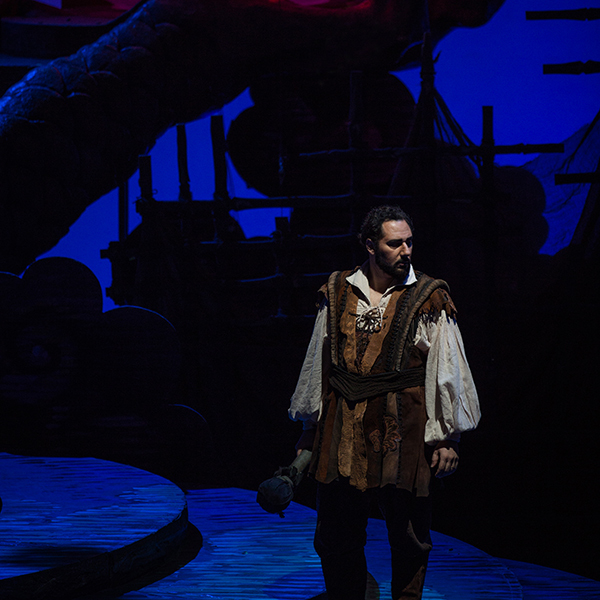
Sung by Calàf
This is one of the most famous arias in opera. You might recognize it from movies or TV.
Calàf has just answered the riddles correctly, but Turandot is not satisfied. Calàf proposes a wager of his own. If Turandot can learn his name, he will face execution, but if she doesn’t, they will be married. Turandot has forbidden sleeping so that all citizens can help her find the name! Calàf sings this aria in response to her order. He is confident that he will win, despite the possibility of death.
Things to listen for:
- At first, the melody features many repeated notes. As Calàf gets more emotional and excited, starting with the line “But my secret is shut within me” the melody starts moving up and down. At this moment, the string parts in the orchestra change. Can you identify this difference?
- The highest note sung in this excerpt is when Calàf sings that he will soon speak his name to Turandot while kissing her.
Act 3: “Tu, che di gel sei cinta” (You, who are encased in ice)
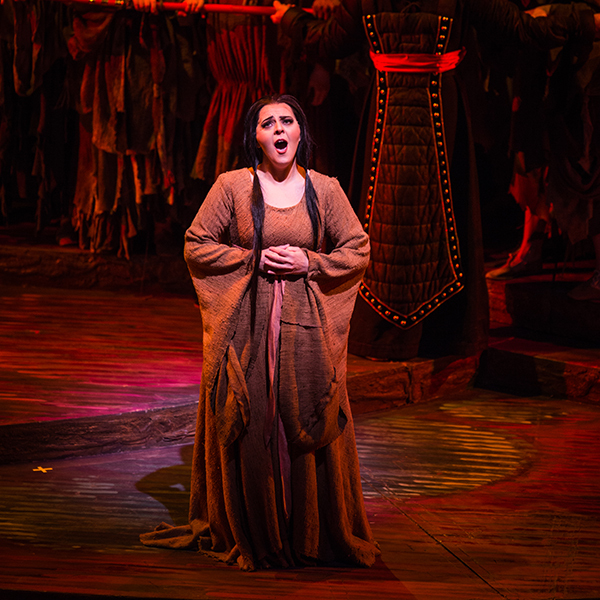
Sung by Liù
Turandot discovers that Liù knows the name of the unknown prince. Out of love for Calàf, she will not disclose it. She would rather die than cause the death of the man she has always loved. The aria ends with Liù taking a dagger from a guard and ending her life.
Things to listen for:
- This aria foreshadows Liù’s death. It is slow and quiet, and starts with the orchestra playing three repeated quarter notes. These notes recall the striking of the gong in Act One.
- Throughout the aria Liù’s melody is doubled by the oboes, until the very end when she sings “Per non vederlo più” (And I’ll see him no more). Why do you think Puccini chose to make this change in the accompaniment?
Nilsson, Corelli, Scotto, Giaiotti; Orchestra e Coro dell’Opera di Roma, cond. Molinari-Pradelli. (EMI)
Music from Turandot provided through generous arrangement with Warner Classics, Official Education and Promotion Music Provider for Lyric Opera of Chicago.
Photos: Todd Rosenberg, Lyric Opera of Chicago
